Gas Street Basin
Explore
Explore Birmingham Back to Backs, the last surviving courtyard of historic working-class homes. Discover authentically furnished houses and immerse yourself in the city’s past.
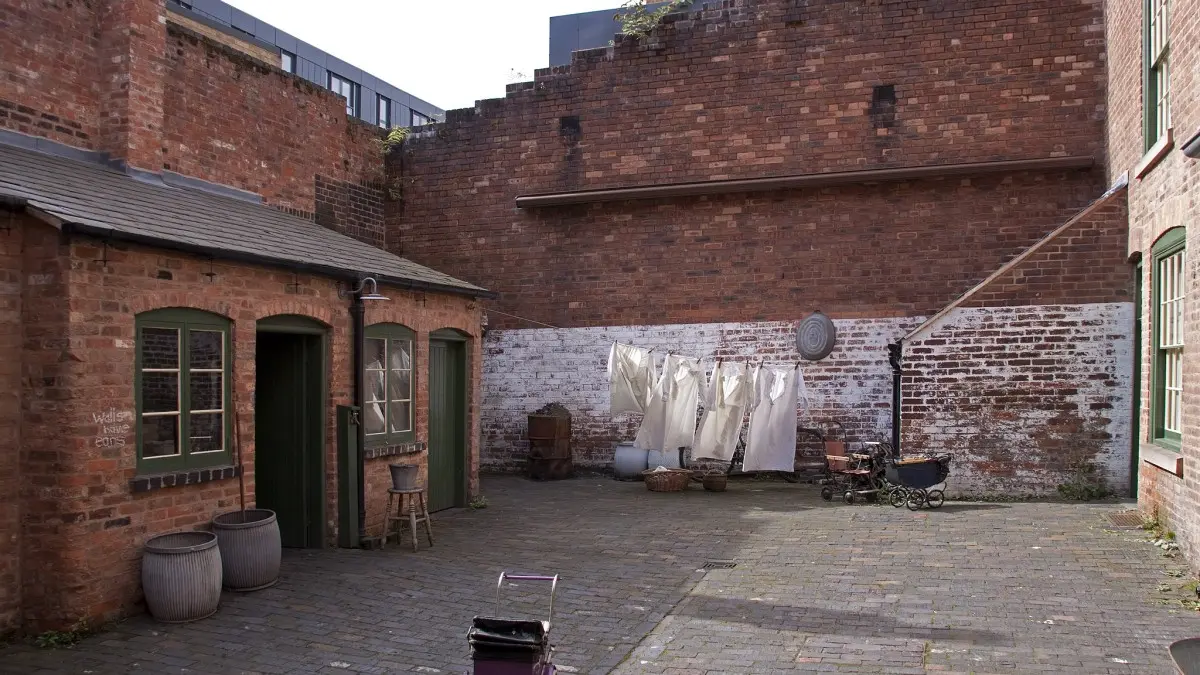
Birmingham Back to Backs, located in the heart of the city, is a unique National Trust site preserving the last surviving courtyard of early 19th-century back-to-back housing. These modest homes were once a common sight throughout the region, providing affordable living for workers during the Industrial Revolution. Today, they offer a fascinating glimpse into the daily lives of ordinary people who shaped Birmingham’s industrial and cultural heritage.
Spread across multiple periods, each house in the courtyard is authentically furnished to represent a different era, from the 1840s through to the mid-20th century. As you move through the rooms, you’ll witness how families adapted to the changing times—upgrading their furniture, appliances, and living conditions. Experienced guides bring these stories to life through engaging anecdotes, demonstrating how social and economic factors influenced each household’s lifestyle.
Beyond the immersive interiors, Birmingham Back to Backs stands as a testament to the city’s resilience and transformation over the centuries. Its commitment to preserving an often overlooked aspect of urban history makes it a compelling destination for those looking to explore the roots of modern Birmingham. Whether you’re a local rediscovering your hometown or a visitor seeking a deeper connection with England’s industrial past, the Back to Backs promises an enlightening and memorable experience.
Each house is preserved to reflect a different time period, showcasing original furniture, appliances, and décor that tell the stories of changing lifestyles.
Knowledgeable guides offer insights into the families who lived here, illustrating how industrial growth and social changes impacted everyday life.
As the last surviving courtyard of its kind in Birmingham, the Back to Backs stand as an important monument to working-class history and community spirit.
Wander through narrow staircases, tiny backyards, and cozy living spaces, gaining a hands-on understanding of 19th-century urban living.
Why not make a weekend of it? Explore Nearby Attractions. Scroll to zoom in or out on map.
Curious about Birmingham Back to Backs? We've compiled answers to the most frequently asked questions to help you uncover the highlights and visitor essentials.
The Back to Backs are a set of preserved 19th-century working-class houses in Birmingham, now maintained by the National Trust.
They’re situated on Hurst Street in central Birmingham, near the city’s theatres and entertainment district.
Yes, guided tours are available and highly recommended, as they bring the stories of the residents to life.
Yes, there are restroom facilities, and a small gift shop. The Traditional Sweet Shop next door offers light refreshments.
Nearby attractions include the Bullring shopping centre, Birmingham Hippodrome, and the National SEA LIFE Centre.
Make your trip unforgettable by exploring these nearby attractions during your visit.
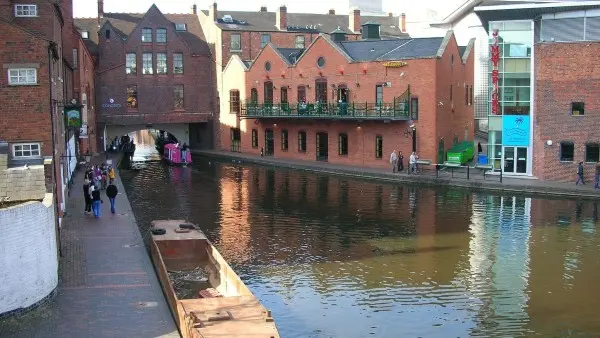 Birmingham
Birmingham
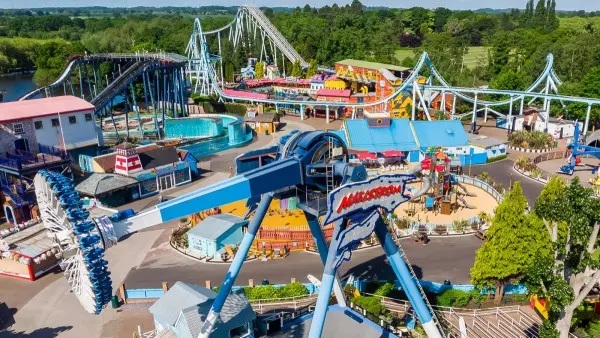 Tamworth
Tamworth
 Cosford
Cosford
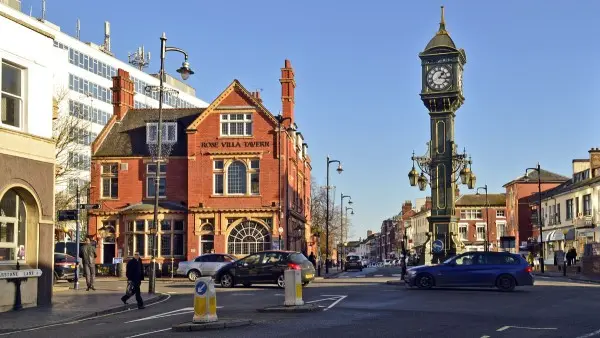 Birmingham
Birmingham
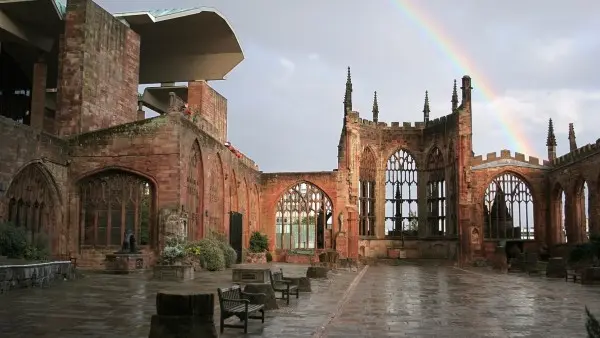 Coventry
Coventry
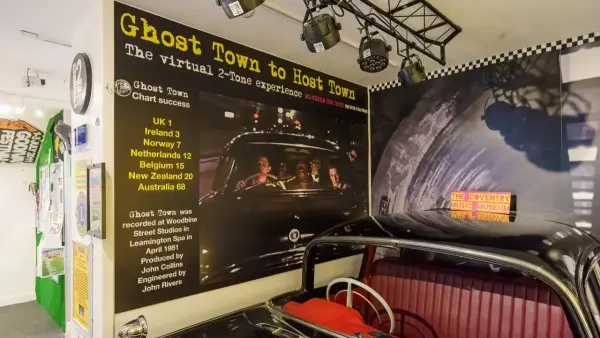 Coventry
Coventry
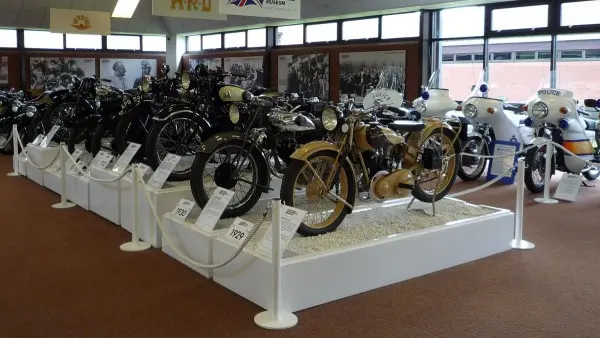 Solihull
Solihull
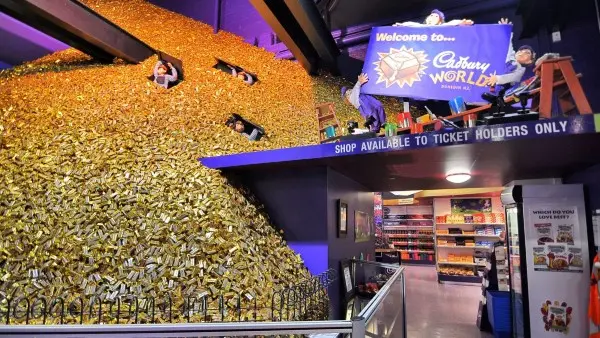 Birmingham
Birmingham
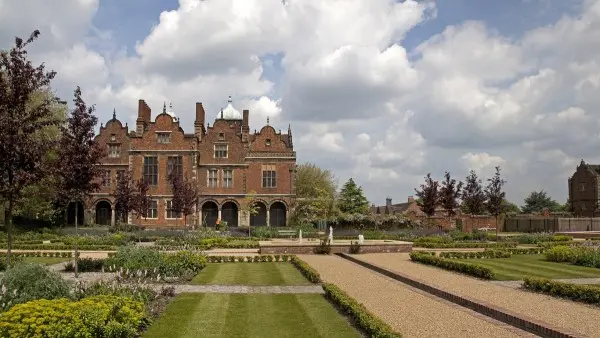 Birmingham
Birmingham
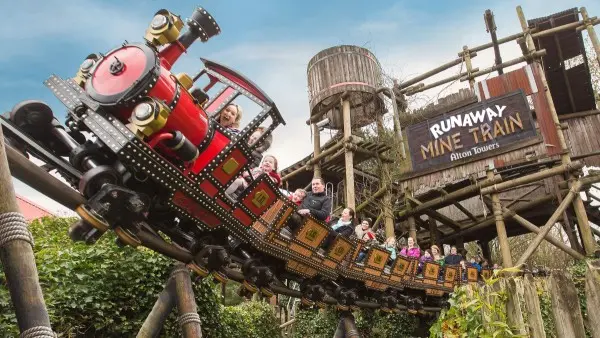 Stoke on Trent
Stoke on Trent
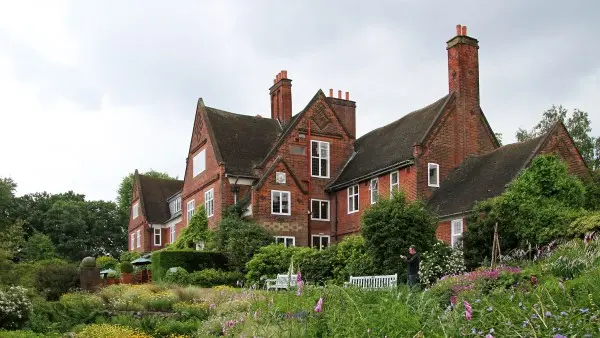 Birmingham
Birmingham
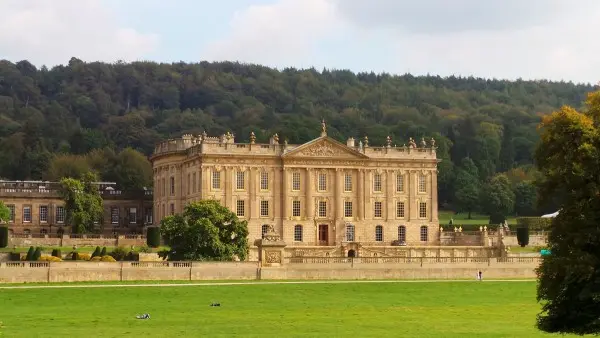 Bakewell
Bakewell